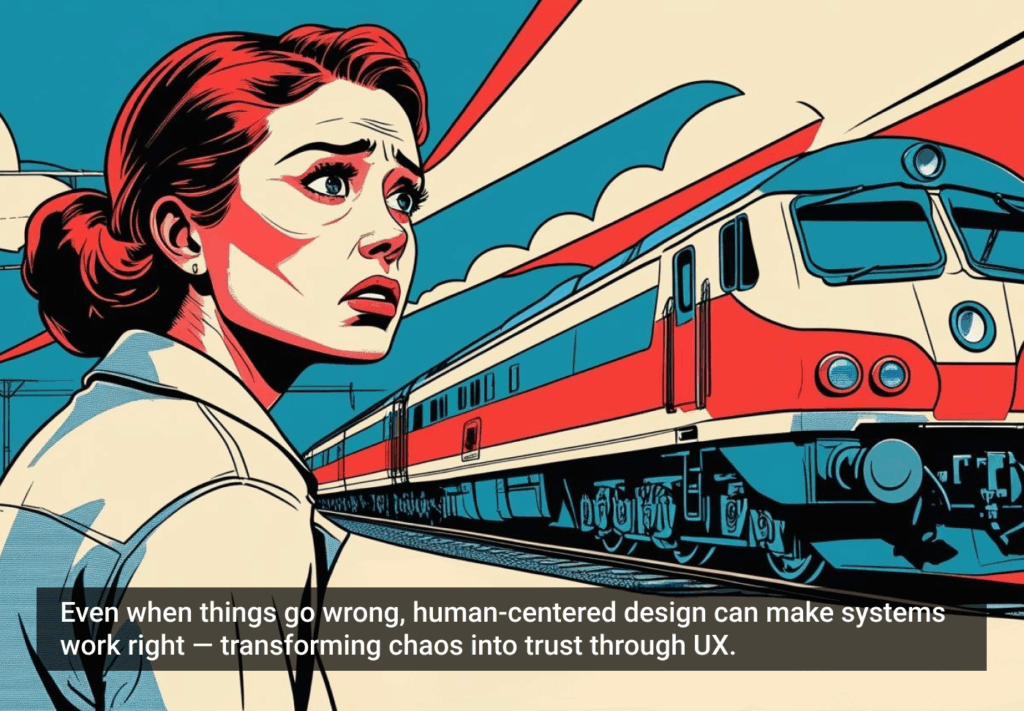Our guests on the Invisible Machines podcast this week are Sarah Gibbons and Kate Moran of Nielsen Norman Group. As the Vice President of NN/g, Sarah shares insights from a recent exploration of anthropomorphism and generative AI. Kate Moran is VP of Research and Content and has done extensive explorations of interaction design and digital content. As leaders at a vanguard firm that’s been at the forefront of experience design for decades, Sarah and Kate have a unique perspective on all the activity at the intersection of UX and AI.
Robb and Josh welcome these bright minds from NN/g for a conversation that explores the changing nature of user research and the importance of involving real humans, the need to balance conversational AI with micro UIs in design, how the future role of the designer is going to center around solving complex problems, and the critical role of curation in a world that’s being flooded with content.
Give it a listen! You can choose your favorite podcast streaming platform here.








